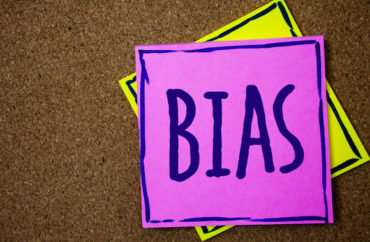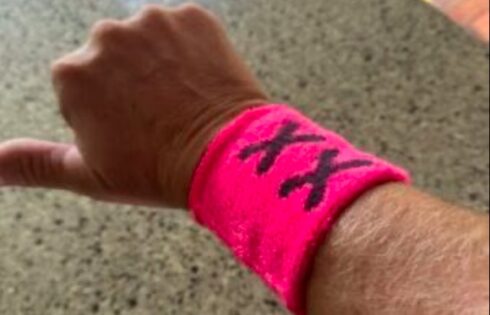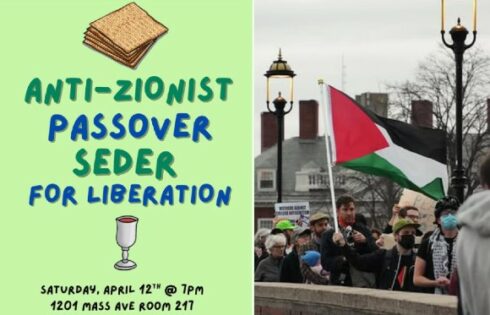University faculties are well-known for their ideological homogeneity; most instructors are progressive. At Yale, for instance, a mere seven percent of professors identify as conservative. The utter lack of right-leaning faculty doubtlessly contributes to the persistent anti-conservative biases we see on campuses across the country.
But that’s not even the worst of it, argues one professor in The New York Times. Liberal faculty aren’t actually the main drivers of campus ideology; administrators are.
 “While considerable focus has been placed in recent decades on the impact of the ideological bent of college professors, when it comes to collegiate life — living in dorms, participating in extracurricular organizations — the ever growing ranks of administrators have the biggest influence on students and campus life across the country,” writes Samuel Abrams in The Times.
“While considerable focus has been placed in recent decades on the impact of the ideological bent of college professors, when it comes to collegiate life — living in dorms, participating in extracurricular organizations — the ever growing ranks of administrators have the biggest influence on students and campus life across the country,” writes Samuel Abrams in The Times.
Abrams, a professor of politics at Sarah Lawrence College in Yonkers, writes that he recently surveyed nearly 1,000 administrators nationwide “whose work concerns the quality and character of a student’s experience on campus.” Abrams found that “liberal staff members outnumber their conservative counterparts by the astonishing ratio of 12-to-one. Only 6 percent of campus administrators identified as conservative to some degree, while 71 percent classified themselves as liberal or very liberal. It’s no wonder so much of the nonacademic programming on college campuses is politically one-sided.”
From the article:
The 12-to-one ratio of liberal to conservative college administrators makes them the most left-leaning group on campus. In previous research, I found that academic faculty report a six-to-one ratio of liberal to conservative professors. Incoming first-year students, by contrast, reported less than a two-to-one ratio of liberals to conservatives, according to a 2016 finding by the Higher Education Research Institute. It appears that a fairly liberal student body is being taught by a very liberal professoriate — and socialized by an incredibly liberal group of administrators.
The severity of this trend varies among different types of academic institutions. My research found that two-thirds of administrators at public institutions and schools with religious affiliations self-identified as liberals, which was lower than the three-quarters of administrators at private, secular institutions who did. I found no real differences among school types, such as small, private liberal arts colleges as compared with large research universities. School ranking did make a small difference, with administrators at more selective institutions reporting a higher percentage of liberals than did lower-ranked schools.
Abrams has previously spoken about the dangers of ideological intolerance on campus. Last year he warned that students were becoming more comfortable with authoritarian politics, particularly applied to viewpoints with which they disagree.
Abrams has also previously written in The Times about certain regions of the country in which the political imbalance in university faculty is well above the average; it is higher in New England, for example, than anywhere else in the nation.
Read Abrams’s latest article here.
IMAGE: Artur Szczybylo / Shutterstock.com
Like The College Fix on Facebook / Follow us on Twitter




Add to the Discussion